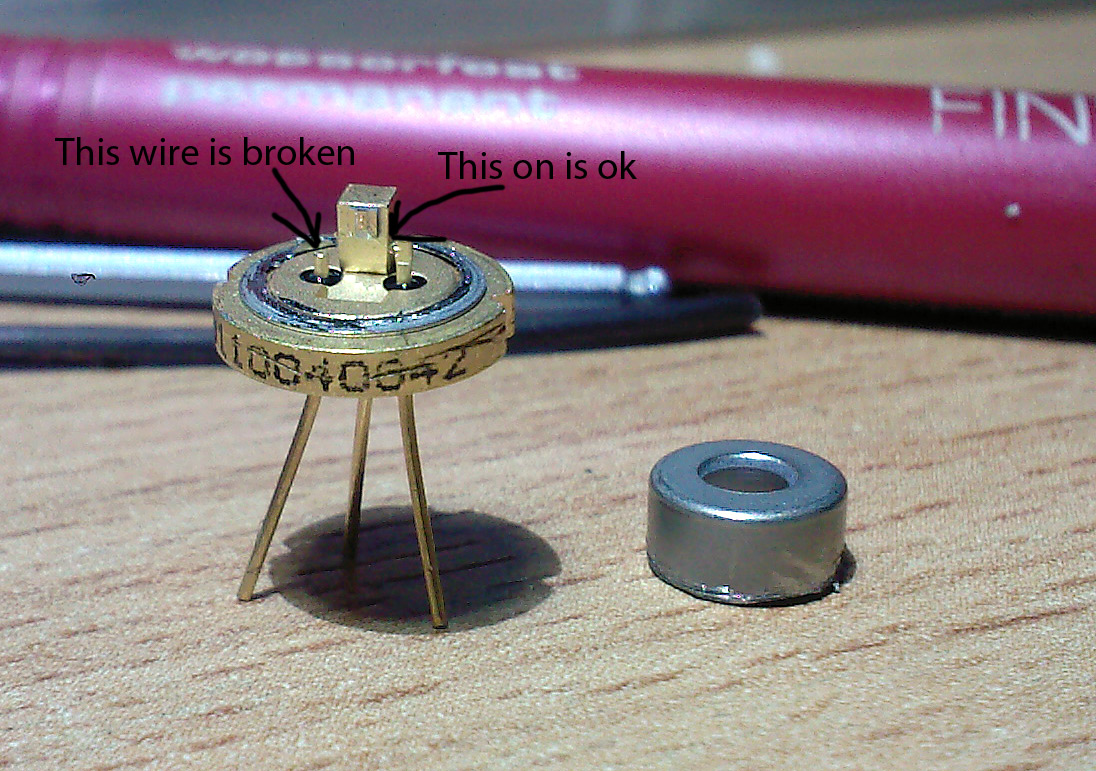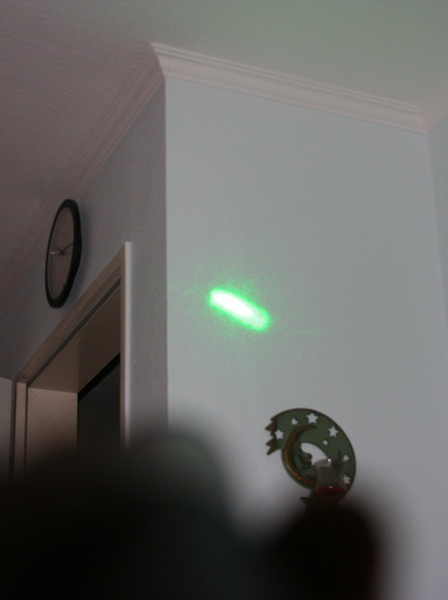- Joined
- Nov 7, 2008
- Messages
- 5,725
- Points
- 0
dig-cams are a very good method, and that's what I recommend. If you're working with lower powered 808nm diodes (up to about 200mW) you can use your eyes as long as you watch your angles so as not to reflect the IR directly into your eyes. 808nm is close enough to visible for there to be a faint red glow that will help you align everything. Using your eyes is risky, so I personally recommend using an IR sensitive camera any time you work with IR.








